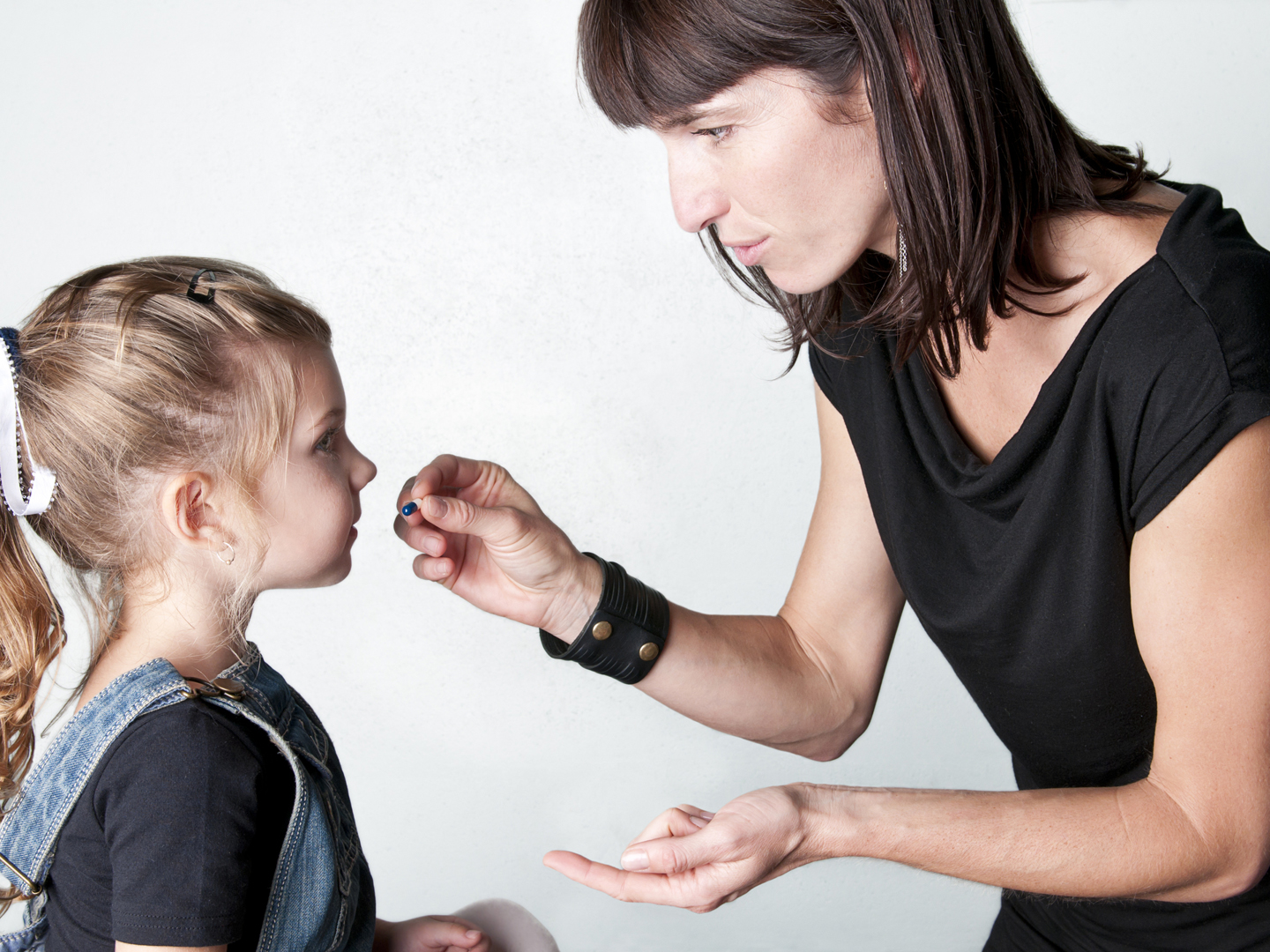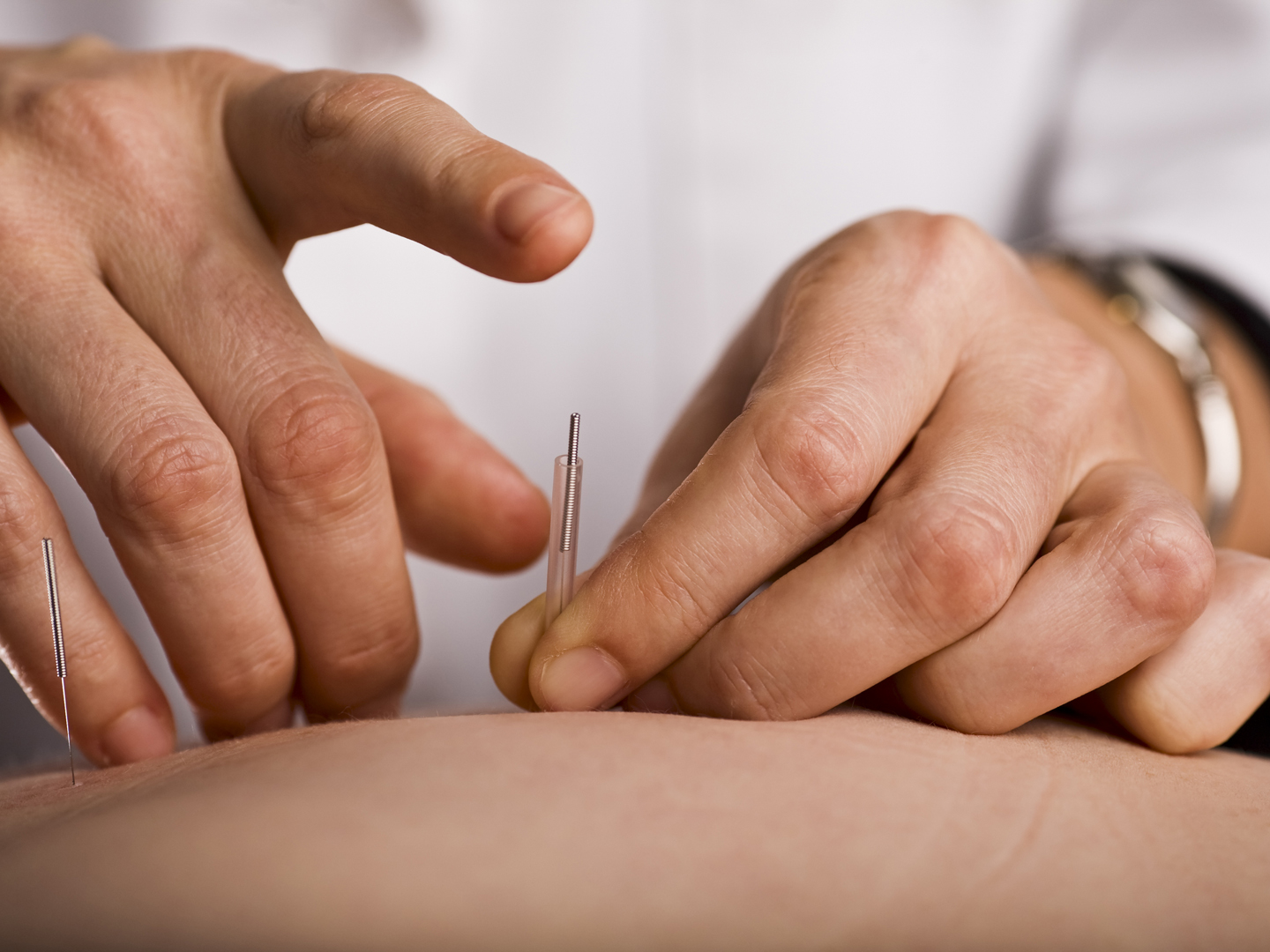Halloween Candy - A Trick Or A Treat?
What’s really in Halloween candy? Does it even make sense to look at the nutritional analysis of candy corn, Snickers, etc.? Is any one worse than the others? What do you give trick-or-treaters?
Andrew Weil, M.D. | October 30, 2015

I can see that dealing with Halloween poses some tricky questions these days. Once I would have suggested handing out fresh fruit as a nutritious treat, but conscientious parents and safety experts warn kids not to accept fruit or unwrapped goodies of any sort. Sure enough the ingredients of the big-name individually wrapped candies are a nutritional nightmare. Chocolate can be good if it’s pure (no fats other than cocoa butter – look for the first ingredient listed being chocolate, not sugar). If it isn’t chocolate, it’s probably some sugary, artificially flavored and colored horror.
Some general facts can make your sweets slightly less pernicious than many others. Any chocolate combination with nuts or peanut butter ranks highest in calories and fats, while any combination with mint or marshmallows ranks lowest. Caramels are also relatively low in fat, but they’re cavity-makers. The same goes for other sticky stuff like licorice, taffy, lollipops and so many of the other artificially flavored fruit candies. Little boxes of raisins (organic only) are always an option, but some kids might thank you with a pelting of eggs or a toilet-papered mailbox.
Look in a health food store for puffed rice squares, granola bars or other treats. Or hand out snack-size bags of pretzels (read labels) or popcorn (the air-popped type if you can find it) or even little, inexpensive toys. You could even take all the money you would normally spend on Halloween candy, convert it into pennies, nickels and dimes, put it in a big bowl and let each kid grab a handful – which they will probably spend on candy.
Andrew Weil, M.D.









